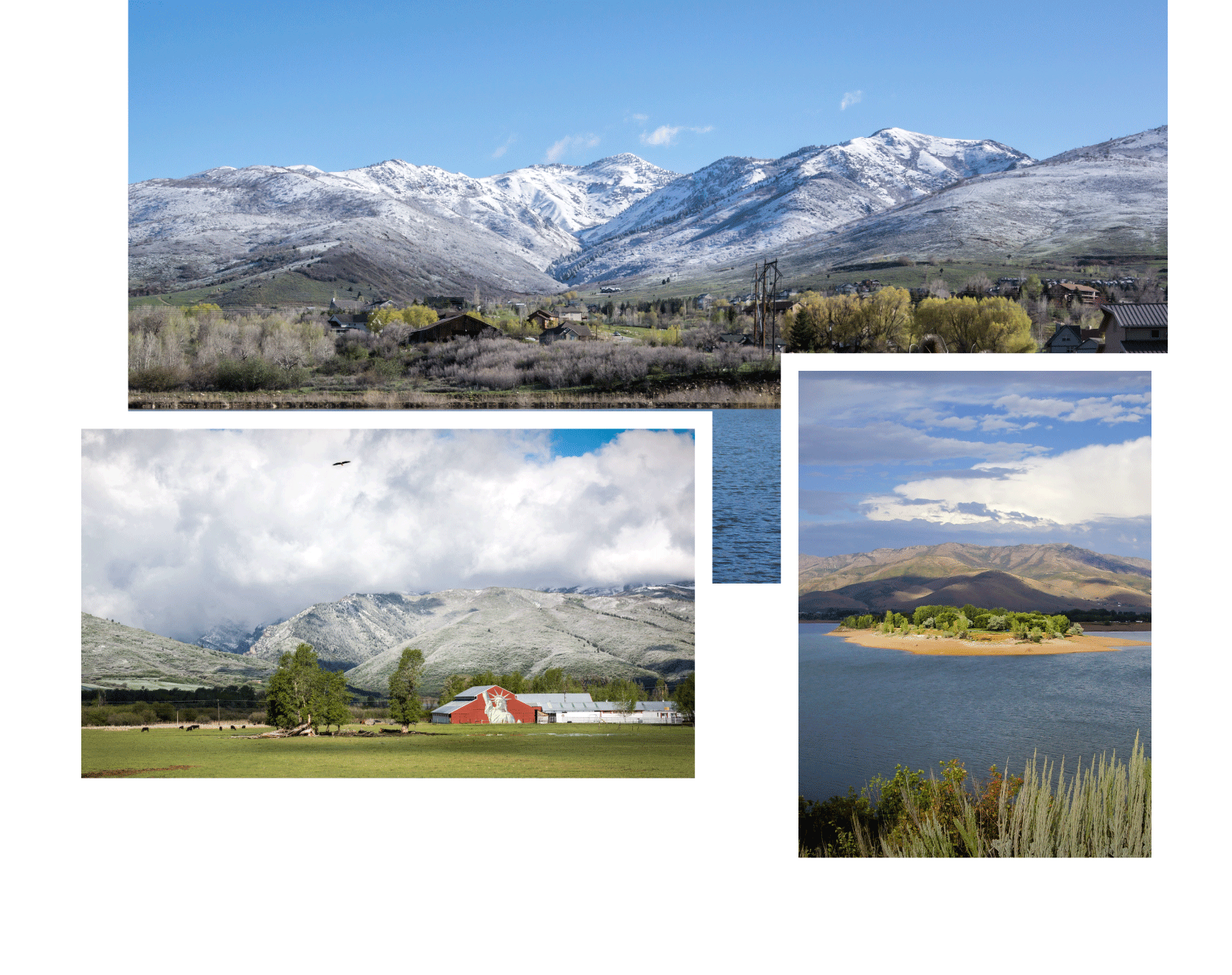All talks are 6PM to 8PM at the Huntsville Library
| Title | Date | Cals/Vids |
|---|---|---|
| Overview and Q&A | Video | |
| Advantages and Disadvantages of Contracting Services | Video | |
| Land Development Process | Video | |
| Taxation and Revenue Raising | Video | |
| Transition Plan | Video | |
| External Relations (County, State, Fed, etc.) | Video | |
| Contributing to the Well-Being of My Community as a Citizen | Video | |
| Forms of Government Options | Video | |
| Guest speakers: Jeff Silvestrini: Millcreek mayor & Ryan Arbon: Weber County Sheriff | Video |
The petition was completed and accepted by the Lieutenant Governor’s office. This required the signatures by private landowners representing 10% of total acreage as well as 7% of total private property value in the proposed incorporation area.
The Lieutenant Governor’s office hired an independent consultant (LRB Public Finance Advisors) to complete the Feasibility Study for the proposed incorporation of Ogden Valley. The study analyzed whether the five-year projected revenues for the proposed incorporated area would be able to cover, by more than five percent excess revenue, the same level of services currently provided by the county. The Feasibility Study was completed December 7, 2023. The findings of the study indicate that incorporation will likely result in, at least, a five-percent budget surplus when comparing available revenues to expenses. This surplus allows the incorporation process to proceed.
LRB Public Finance Advisors (LRB) will present to the public, in two sessions, the Feasibility Study methodology and findings.
In addition to the two public Feasibility Study presentations, sponsors will host a series of open house presentations further explaining the process of incorporation and items for consideration. While this is not part of the official process, sponsors feel it is important that the community be informed as we move toward a vote.
After the presentation of the results, a second petition round begins further establishing the support of the community for incorporation. The “Petition for Incorporation” is a request by the community for the Lieutenant Governor’s office to place the issue on the 2024 ballot. This petition requires signatures by private landowners representing 10% of the total private acreage and 7% of the total private property value. In addition, signature needs to include at least 10% of the registered voters in the proposed incorporation area.
The vote will be on the November 2024 ballot. A simple majority is required for incorporation to occur, meaning one vote over 50%. The community’s desired form of government will also be on the ballot. Additional information will be made available on these options as the process moves forward.
In the year that follows a vote for incorporation, an election is held to elect the city government officials who will represent the residents of Ogden Valley.
In 1976, lifetime Valley resident Laverna Burnett Newey published her landmark book Remember My Valley, which recounts the history of this bucolic Valley from 1825 to 1976. She references in the first paragraph the “shimmering man-made lake” that forms a mirror for the surrounding mountains…
